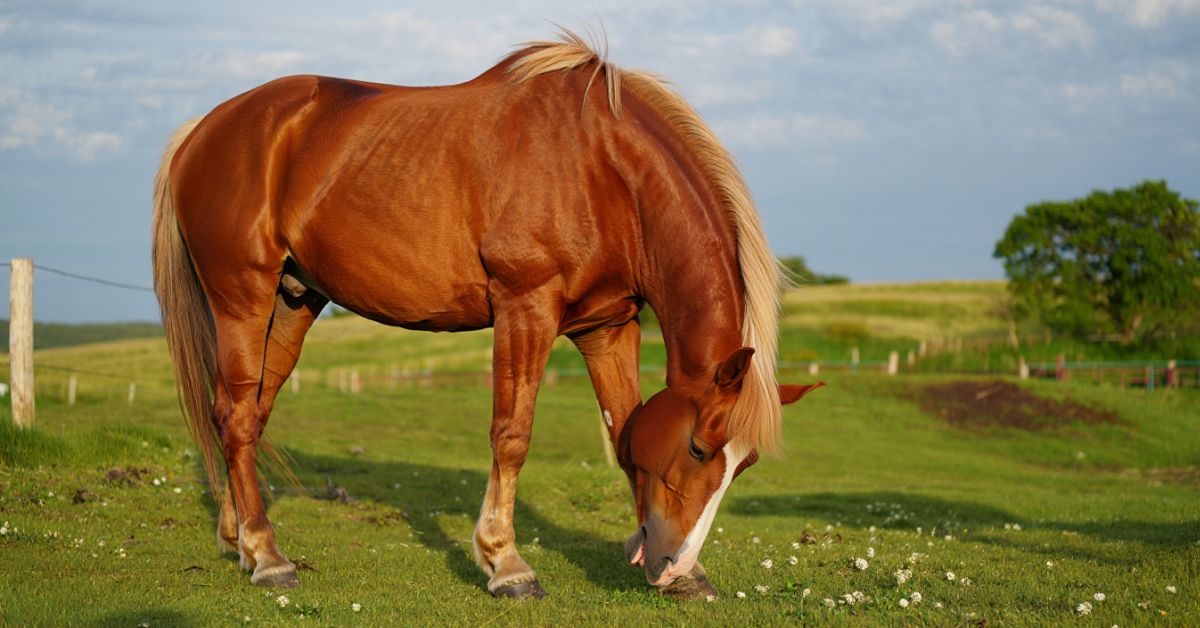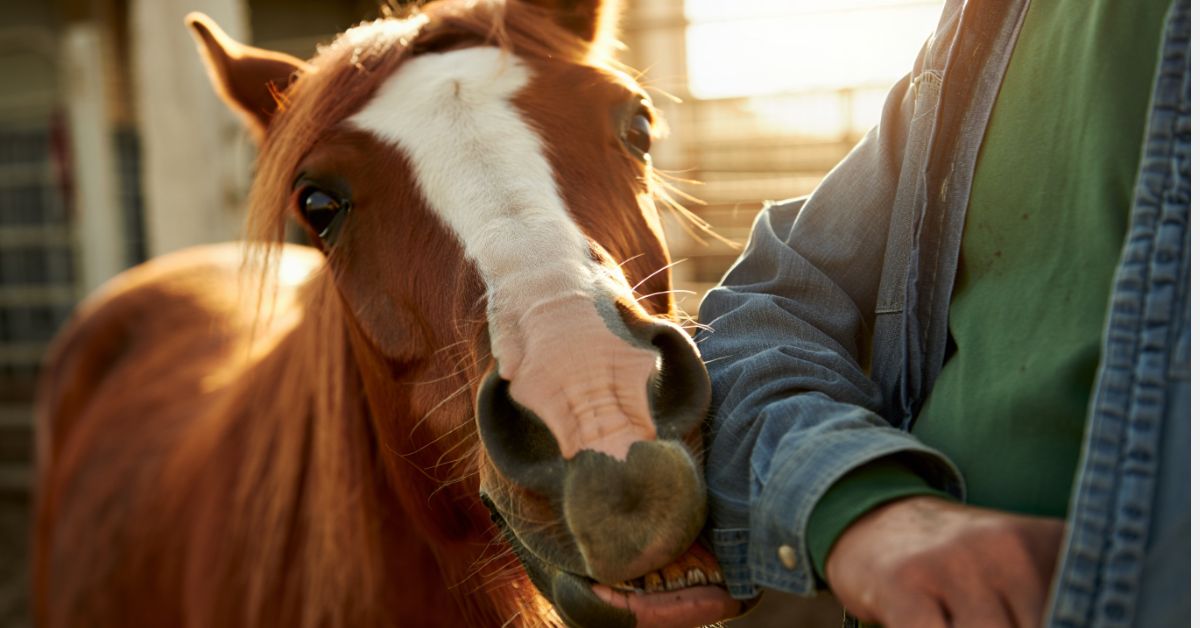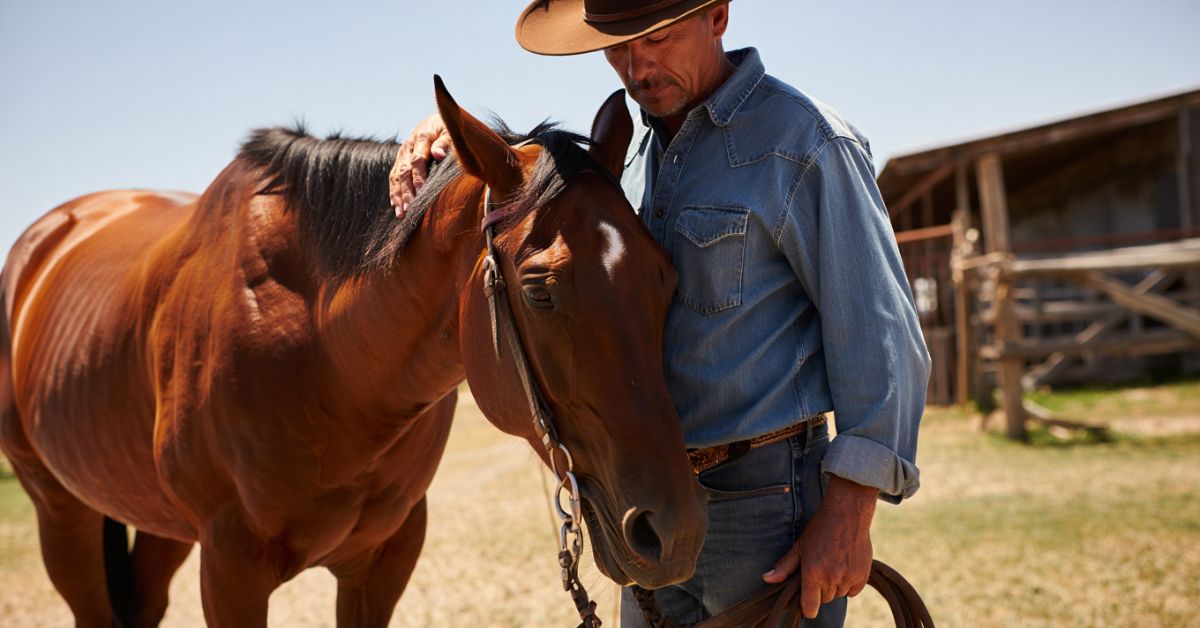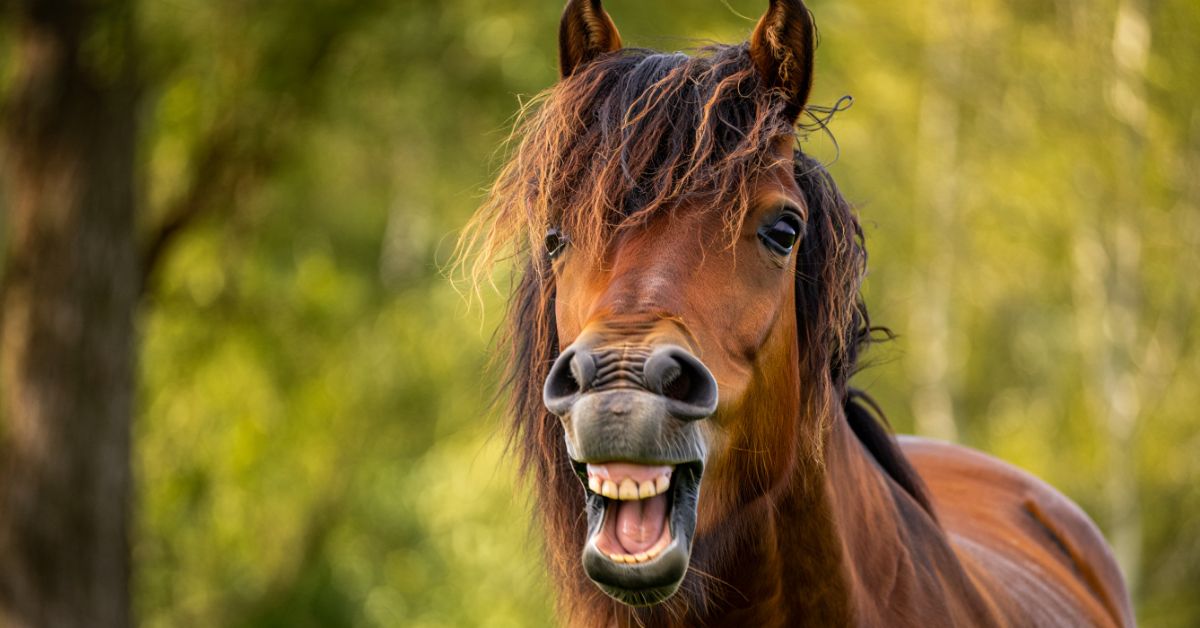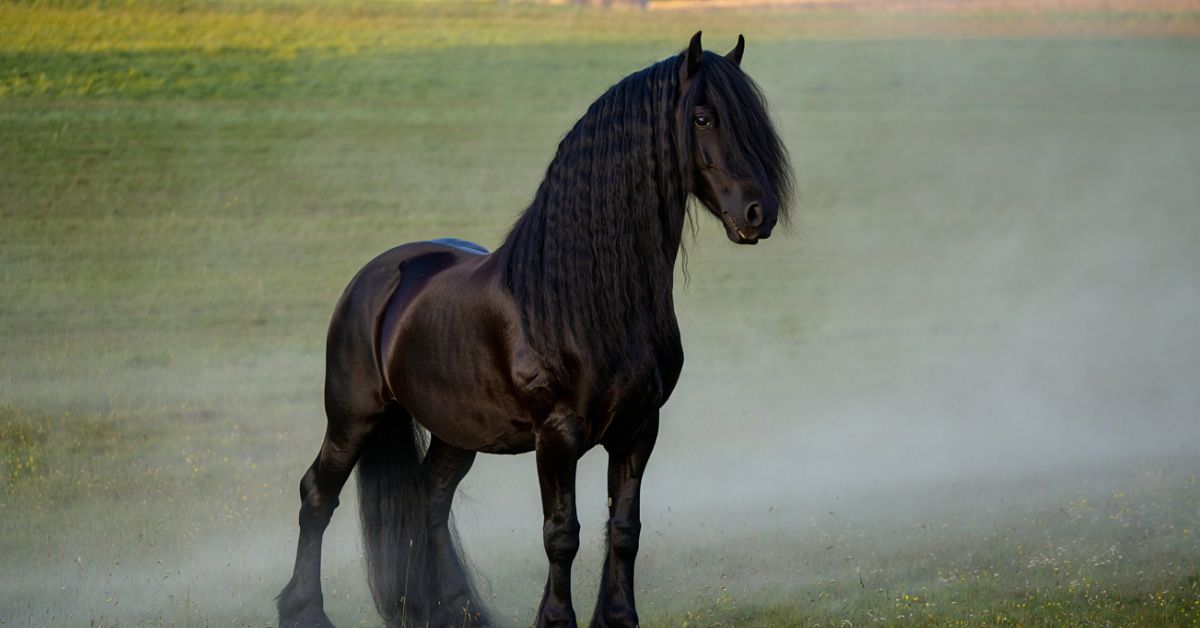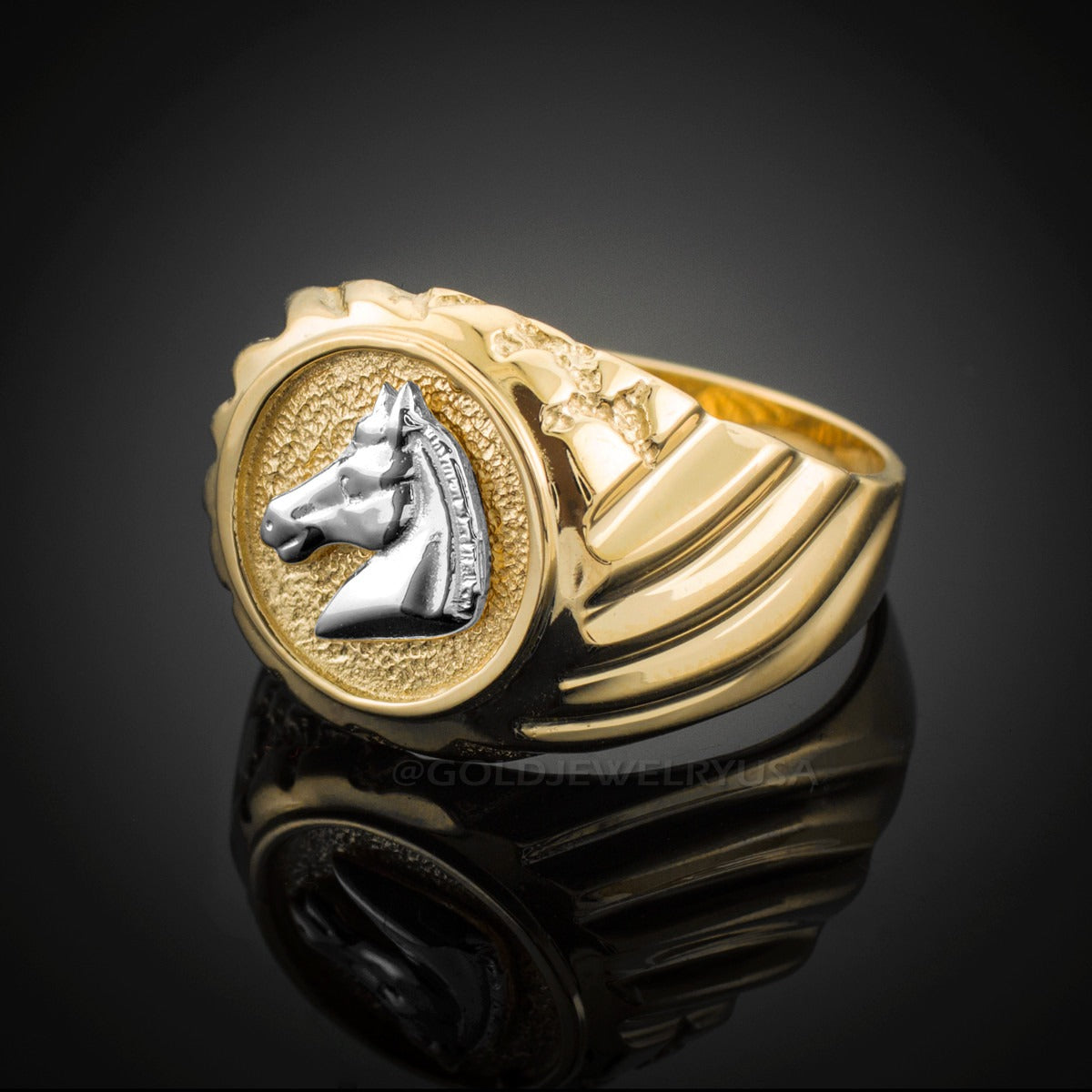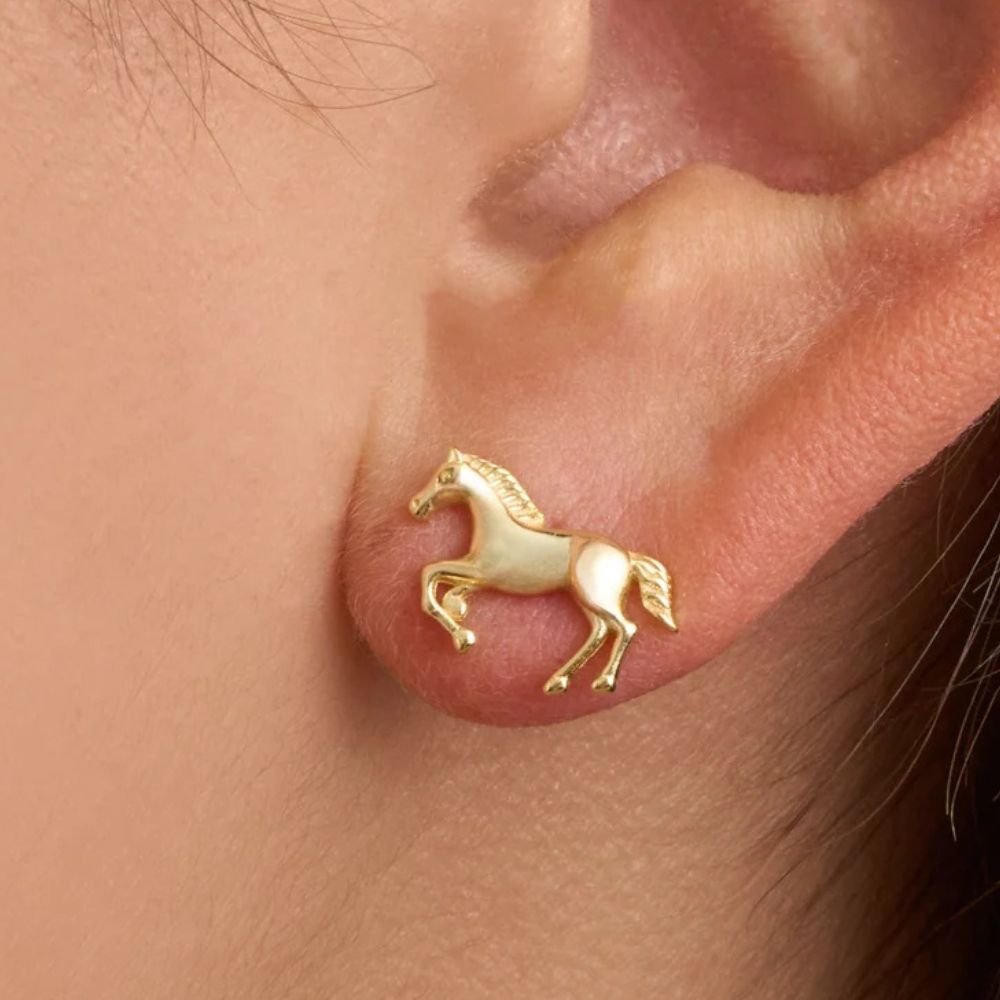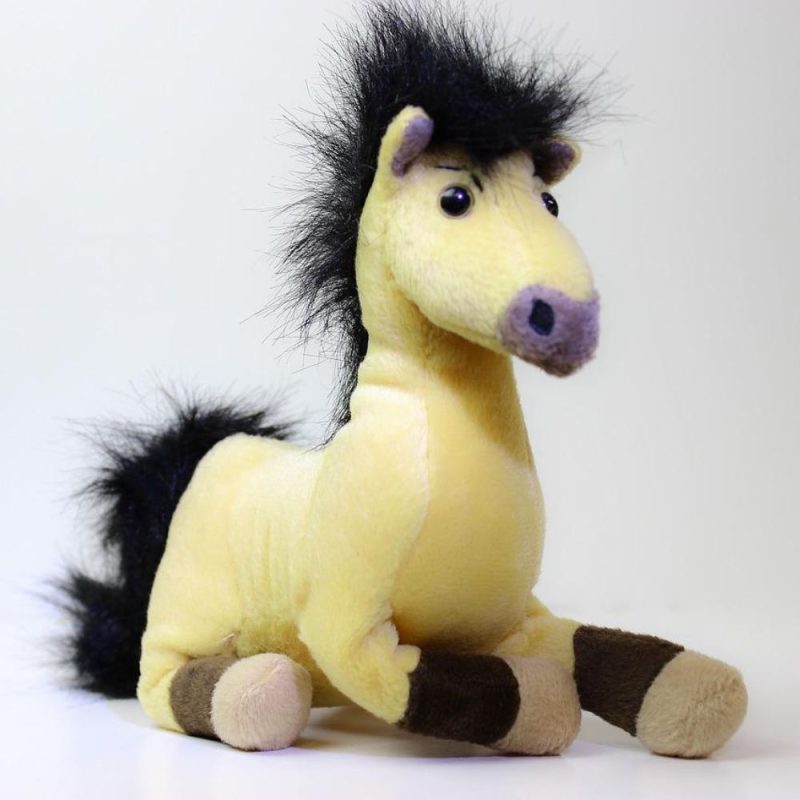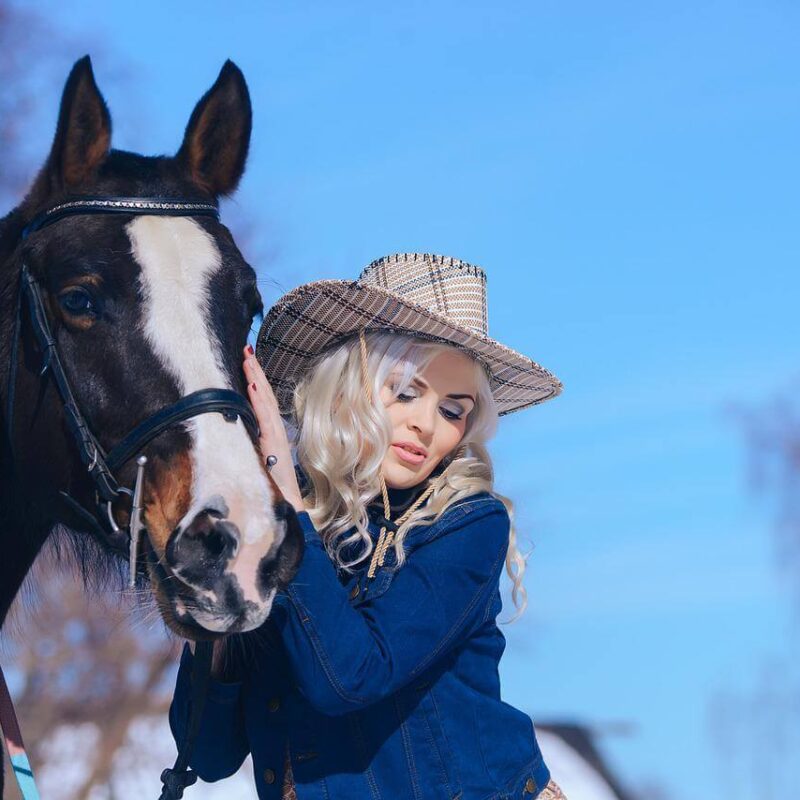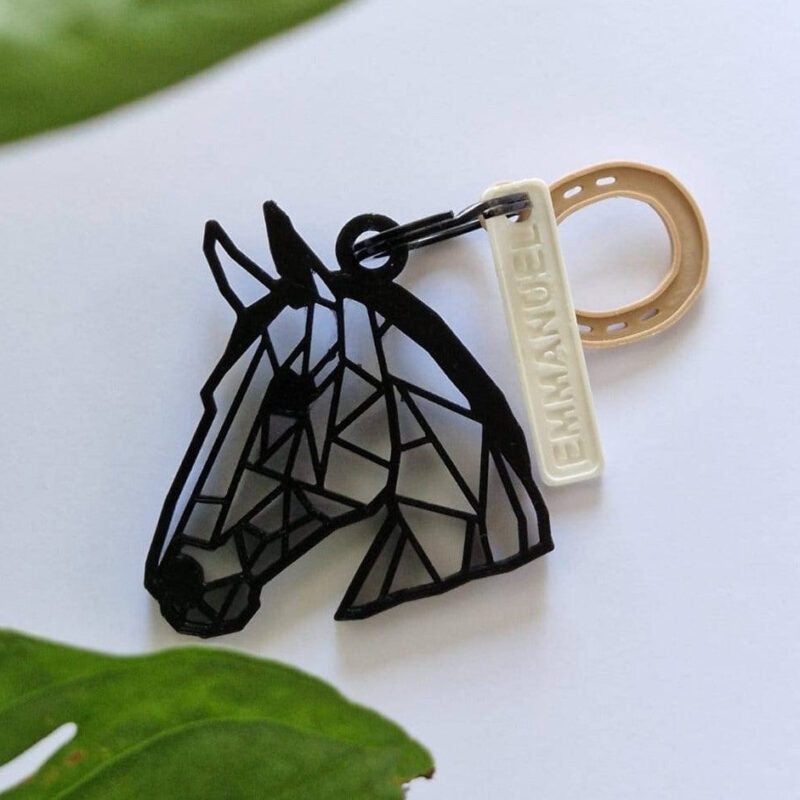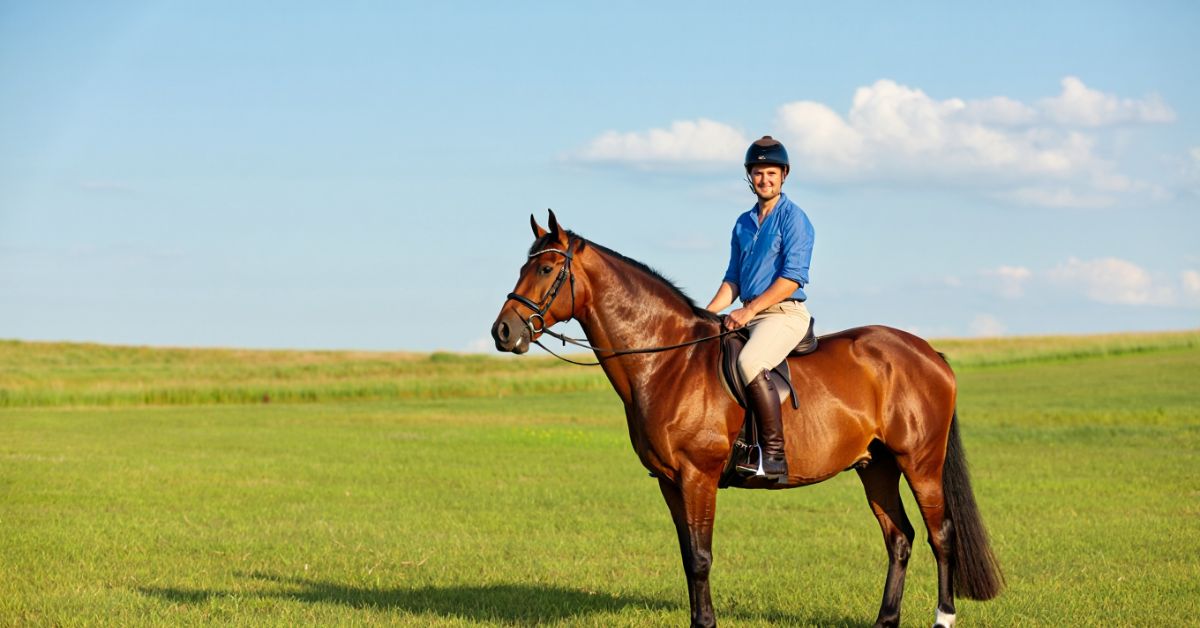
What's the Weight Limit to Ride a Horse? Your Complete Guide to Safe Riding
What's the weight limit to ride a horse? The golden rule in the equestrian world is the 20% rule – your horse should ideally carry no more than 20% of its body weight, including tack. For a 1,000-pound horse, that means a maximum rider weight of about 200 pounds total. However, this isn't a one-size-fits-all answer. The rider weight capacity depends on multiple factors including your horse's breed, conformation, fitness level, and overall horse soundness. A well-conditioned draft horse can carry more than an untrained pony of the same weight. Equine welfare should always be your top priority, and understanding load-bearing capacity helps ensure both you and your four-legged friend enjoy many happy years together in the saddle.
Understanding the 20% Rule and Rider Weight Capacity 🎯
The 20% rule has become the gold standard in horseback riding safety since research published in 2008 by Ohio State University established clear guidelines. This study found that horses carrying more than 20% of their body weight showed increased signs of physiological stress, including elevated heart rates, muscle soreness, and behavioral changes.
Let's break down the math with real examples so you can calculate your own situation:
Example 1: You have an everyday riding horse weighing 1,100 pounds. Multiply 1,100 × 0.20 = 220 pounds maximum. Now subtract your saddle and tack (typically 25-40 pounds), leaving about 180-195 pounds for the rider.
Example 2: A sturdy pony weighing 600 pounds. Following the same calculation: 600 × 0.20 = 120 pounds total. With a 20-pound saddle, that's only 100 pounds for the rider – perfect for children or very petite adults.
The equine weight-carrying ability isn't just about numbers on a scale, though. As renowned equine veterinarian Dr. Deb Bennett stated in 2019, "A horse's ability to carry weight is determined by skeletal structure, muscle development, and conditioning – not just body weight alone." This wisdom reminds us that horse conformation plays a massive role.
What Really Affects Load-Bearing Capacity
Several critical factors determine how much weight your horse can comfortably carry:
Skeletal Maturity 🦴 Young horses under 5-6 years old haven't fully developed their skeletal structure. Their growth plates are still closing, making them more vulnerable to joint strain and long-term damage. Even if your 3-year-old seems strong, resist the temptation to push weight distribution limits.
Body Condition Score (BCS) 📊 Horses rated between 5-7 on the 9-point BCS scale are ideal for carrying riders. An underweight horse (BCS 1-3) lacks the muscle mass for proper musculoskeletal health, while an overweight horse (BCS 8-9) already carries excess pounds that compromise their carrying capacity.
Cannon Bone Circumference 📏 This measurement just below the knee is a strong indicator of bone density and load-bearing capacity. A horse with 8+ inches of cannon bone circumference can typically carry more weight than one with 6-7 inches, regardless of overall size.
Breed Characteristics and Maximum Rider Weight 🏇
Not all horses are created equal when it comes to rider weight capacity. Understanding breed characteristics helps you match the right horse to the right rider, ensuring ethical horsemanship and preventing lameness prevention issues down the road.
Heavy-Weight Champions: Draft Horses
Draft horse capacity is legendary in the equine world. Breeds like Clydesdales, Percherons, and Belgian horses were literally bred for hauling heavy loads. A healthy draft horse weighing 1,800-2,200 pounds can comfortably carry 360-440 pounds, making them excellent choices for larger riders or those requiring therapeutic riding accommodations.
What makes drafts such powerhouses? Their compact backs, thick cannon bone circumference (often 10-12 inches), and naturally muscular build distribute weight efficiently. They're the SUVs of the horse world – built for strength and stability.
Middle-Weight Performers: Sport Horses and Stock Breeds
Quarter Horses, Thoroughbreds, Warmbloods, and similar utility horse breeds typically weigh 1,000-1,300 pounds. These versatile mounts can carry 160-220 pounds when properly conditioned. However, there's an important distinction here – a thoroughbred bred for racing has a lighter skeletal frame than a stocky Quarter Horse of the same weight.
The temperament of these breeds also matters. A calm, experienced horse carries weight more efficiently than a nervous, inexperienced one, regardless of physical capacity. Rider experience level influences how well the horse handles the load too – balanced, centered riders are easier to carry than beginners who shift weight unpredictably.
Lightweight Specialists: Ponies and Small Breeds
Pony weight limits are strictly lower due to their smaller size, but don't underestimate these mighty minis! A well-built 800-pound pony can still carry 130-160 pounds – more than enough for most children and small adults. Welsh Ponies, Haflingers, and Icelandic Horses are known for exceptional strength relative to their size.
The key difference between pony vs. nag terminology often comes down to training and care. A well-maintained pony is a capable mount, while the old nag horse of literature often referenced poorly cared-for animals regardless of size.
Factors Beyond Weight: Duration, Terrain, and Conditioning Level 🌄
Here's something many riders overlook: what's the weight limit to ride a horse isn't just about stepping into the stirrups. The duration of ride, terrain difficulty, and your horse's conditioning level dramatically impact safe carrying capacity.
Time in the Saddle Matters
A horse might comfortably carry 20% of its weight for a gentle 30-minute trail ride, but that same load becomes problematic during a 4-hour trek. Think of it like carrying a backpack – 40 pounds feels manageable for the first mile, but by mile ten, that same weight is crushing.
Research from the 2018 Equine Science Journal showed horses carrying 20% of their weight displayed signs of fatigue after 90 minutes of continuous riding, with back pain in horses becoming evident after 2 hours. The practical takeaway? For longer rides, aim for 15-18% instead of pushing the 20% maximum.
Terrain Changes Everything
Riding on flat, even ground is vastly different from climbing hills or navigating rocky paths. Terrain difficulty multiplies the effective weight your horse carries:
-
Flat arena riding: Standard 20% applies
-
Gentle trail riding: Reduce to 18-19%
-
Hill climbing: Reduce to 15-17%
-
Mountain trails or rough terrain: Consider 12-15%
The physics behind this makes sense – just like you breathe harder hiking uphill versus walking on level ground, your horse expends significantly more energy compensating for gravity and uneven footing. This additional physiological stress effectively increases the rider's "weight" from the horse's perspective.
Building Proper Conditioning
A horse's conditioning level directly affects equine weight-carrying ability. An athletic horse in peak condition has stronger muscles, better cardiovascular fitness, and superior musculoskeletal health compared to a pasture pet who rarely works.
Building conditioning takes time – typically 6-8 weeks minimum for noticeable improvement. Start with light work (30% of maximum capacity) and gradually increase over months, not weeks. According to veterinary guidelines published in 2020, rushing conditioning is a primary cause of injury in riding horses.
Critical Health Indicators: Saddle Fit, Hoof Health, and Equine Anatomy 🩺
What's the weight limit to ride a horse isn't purely a numbers game – it's intimately connected to your horse's overall health and the equipment you use. Even perfect weight distribution won't matter if your saddle pinches or your horse has compromised hoof health.
The Saddle Fit Connection
Poor saddle fit can reduce a horse's comfortable carrying capacity by 5-10% instantly. An ill-fitting saddle creates pressure points that cause back pain in horses, leading to behavioral issues, resistance, and eventually lameness.
Signs your saddle doesn't fit properly:
-
White hairs or bald patches under the saddle area (indicating past pressure damage)
-
Your horse swishing its tail, pinning ears, or trying to bite when being saddled
-
Uneven sweat patterns after riding
-
Your horse hollowing its back or refusing to move forward freely
Professional saddle fitting should happen annually, as horses change shape with age, conditioning, and seasons. The investment pays off in extended riding years and better equine welfare.
Hoof Health and Foundation Strength
Your horse carries all weight through four relatively small hooves – that's incredible when you think about it! Hoof health directly impacts load-bearing capacity. Cracked, unbalanced, or poorly trimmed hooves compromise the entire musculoskeletal system.
Regular farrier visits every 6-8 weeks maintain proper hoof angles and balance. According to the American Farrier's Association, improper hoof care is involved in 70% of lameness prevention cases. The age of horse matters here too – senior horses often develop hoof issues requiring special attention.
Understanding Equine Anatomy and Structural Soundness
Equine anatomy varies significantly between individuals, even within the same breed. Key structural elements affecting weight-carrying include:
Back Length and Shape Shorter backs (measured from withers to croup) distribute weight more efficiently than longer backs. A horse with a slight natural arch (roached back) carries weight better than one with a swayed back, which already indicates muscle or skeletal weakness.
Girth Circumference and Heart Room A deep girth circumference (measuring around the barrel just behind the front legs) indicates good lung capacity and internal organ space. Horses need adequate "heart room" to oxygenate blood efficiently under the physiological stress of carrying a rider.
Leg Structure and Angles Straight, well-aligned legs with appropriate angles at the shoulder, hip, and hock joints distribute forces properly. Conformational faults like cow-hocks, knock-knees, or post-legged stance increase joint strain and reduce safe carrying capacity.
Ethical Considerations and Rider Balance: Beyond the Numbers ⚖️
The conversation about maximum rider weight goes beyond mathematics and enters the realm of ethics and horsemanship. Overweight rider concerns are sensitive but necessary to address with honesty and compassion – both for human and equine welfare.
When the Numbers Don't Match Your Situation
Here's an uncomfortable truth: if you exceed 20% of your potential horse's weight, you face difficult choices. The right answer always prioritizes equine welfare over human desires. This isn't about judgment – it's about physics and biology.
Options for riders who exceed typical weight-to-height ratio guidelines:
Option 1: Choose a Larger Horse Draft breeds and draft crosses offer significantly higher rider weight capacity. A 1,800-pound draft horse can comfortably accommodate riders up to 300+ pounds with proper conditioning and care.
Option 2: Improve Personal Fitness Many riders find that focusing on their own fitness creates a win-win situation. Not only does reducing rider weight benefit the horse, but improved core strength and balance reduce the effective weight through better rider balance and less shifting in the saddle.
Option 3: Adjust Riding Duration and Intensity If you're slightly over guidelines, limit rides to shorter durations (30-45 minutes) on flat terrain, and ensure your horse receives adequate rest between sessions.
The Critical Role of Rider Balance
An experienced, balanced 180-pound rider often "rides lighter" than an unbalanced 150-pound beginner. Rider balance affects how weight distributes across the horse's back. Centered riders who move with the horse's motion create less strain than those who grip with their legs, lean excessively, or bounce in the saddle.
According to famous equestrian trainer Charles de Kunffy, "Riding is not about sitting on the horse – it's about becoming one with the horse's movement." This unity reduces perceived weight dramatically.
Recognizing Signs of Overload
Responsible horsemanship means watching for signs your horse struggles with weight distribution, regardless of whether calculations say you're within limits:
-
Reluctance to be caught or saddled
-
Shortened stride or stiffness after riding
-
Behavioral changes like pinned ears, tail swishing, or trying to bite
-
Physical signs: sore back, muscle atrophy along the spine, or heat/swelling in legs
-
Difficulty with gaits (especially trouble with canter transitions)
If you notice these signs, immediately reassess your situation with a veterinarian's help. Ignoring warning signs leads to permanent damage and constitutes cruelty in many jurisdictions.
The Riding Discipline Impact
Different riding discipline activities create varying loads:
-
Dressage and walk/trot trail riding: Baseline 20% applies
-
Jumping: Reduce to 15-18% due to landing impact forces
-
Endurance riding: Strict 15-17% maximum due to duration and distance
-
Western pleasure: 18-20% appropriate for slower gaits
-
Barrel racing or competitive events: 15-18% for athletic demands
The 2021 FEI (Fédération Équestre Internationale) updated their recommended guidelines to include riding discipline impact in weight calculations, acknowledging that different activities create different demands.
Frequently Asked Questions on Horse Weight Limits
What happens if a rider is too heavy for a horse?
When a rider exceeds appropriate weight-carrying ability, the horse experiences physiological stress including muscle soreness, back pain, and potential joint strain. Over time, this leads to lameness, behavioral problems, and serious health issues affecting musculoskeletal health. The horse may develop a swayed back, arthritis, or permanent skeletal damage. Equine welfare should always take priority over riding desires.
Can a 200-pound person ride a horse?
Absolutely! A 200-pound rider (including tack weight) needs a horse weighing at least 1,000 pounds following the 20% rule. Many draft horse breeds and larger stock breeds easily accommodate this rider weight capacity. The key factors include the horse's conditioning level, body condition score, and overall horse soundness. Ensure proper saddle fit and maintain rider balance for optimal weight distribution.
Is the 20% rule accurate for all horses?
The 20% rule serves as an excellent baseline guideline supported by veterinary guidelines and research, but individual factors matter significantly. Breed characteristics, skeletal maturity, equine anatomy, and conformation all influence actual load-bearing capacity. A well-conditioned utility horse with excellent structure might comfortably carry 22-23%, while a poorly conformed horse might struggle with 18%. Always consider terrain difficulty and duration of ride in your calculations.
How do I calculate my horse's carrying capacity?
First, accurately weigh your horse using a livestock scale or weight tape. Multiply that number by 0.20 (20%) for your maximum total weight. Subtract your saddle and tack weight (typically 25-40 pounds) to determine safe rider weight. For example: 1,200-pound horse × 0.20 = 240 pounds maximum, minus 30-pound saddle = 210-pound rider limit. Consider reducing this by 2-5% for longer rides or difficult terrain.
Can ponies carry adults?
Many pony breeds can carry adults depending on size and build. A sturdy 800-pound pony following the 20% rule accommodates up to 160 pounds total weight. Haflingers, Norwegian Fjords, and Icelandic Horses are known for exceptional strength. However, pony weight limits are strictly lower than full-sized horses. Small adults and teenagers often ride ponies successfully, but larger adults need full-sized mounts for ethical horsemanship.
Does horse age affect weight-carrying capacity?
Yes, significantly. Young horses under 5-6 years lack complete skeletal maturity and shouldn't carry maximum weights. Senior horses (typically 18+ years) may have arthritis, reduced muscle mass, or other age of horse related issues requiring reduced loads. Prime-aged horses (7-15 years) generally have optimal equine weight-carrying ability when properly conditioned. Always have senior horses evaluated by a veterinarian before determining appropriate maximum rider weight.
What role does rider experience play?
Rider experience level dramatically affects how "heavy" a rider feels to the horse. Experienced riders with excellent rider balance maintain centered positions, move with the horse's motion, and use subtle aids – effectively "riding lighter." Beginners who grip tightly, bounce in the saddle, or lean excessively create more physiological stress even at lower weights. A skilled 180-pound rider often burdens the horse less than an unbalanced 150-pound novice.
Final Thoughts 💭
Understanding what's the weight limit to ride a horse empowers you to make ethical, informed decisions that benefit both rider and horse. The 20% rule provides excellent guidance, but remember that horse conformation, conditioning level, and riding discipline impact all play crucial roles in determining safe rider weight capacity.
Prioritizing equine welfare means sometimes making difficult choices – choosing a larger horse, improving personal fitness, or adjusting riding frequency. These decisions demonstrate true horsemanship and ensure your equine partner enjoys a long, healthy life.
Remember: a well-cared-for horse isn't just about following weight guidelines – it's about understanding hoof health, ensuring proper saddle fit, maintaining regular veterinary care, and always putting their needs first. That's what makes you not just a rider, but a true horseperson. 🐴❤️
Ride safe, ride smart, and always ride with your horse's welfare at heart!
